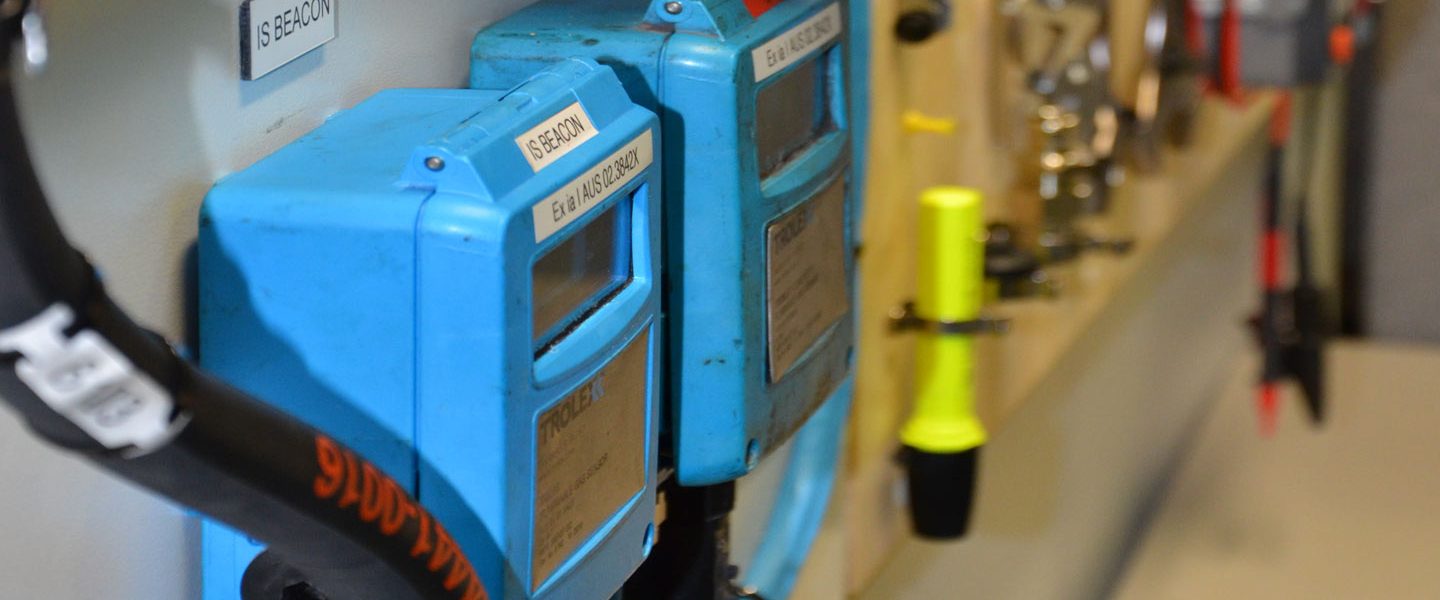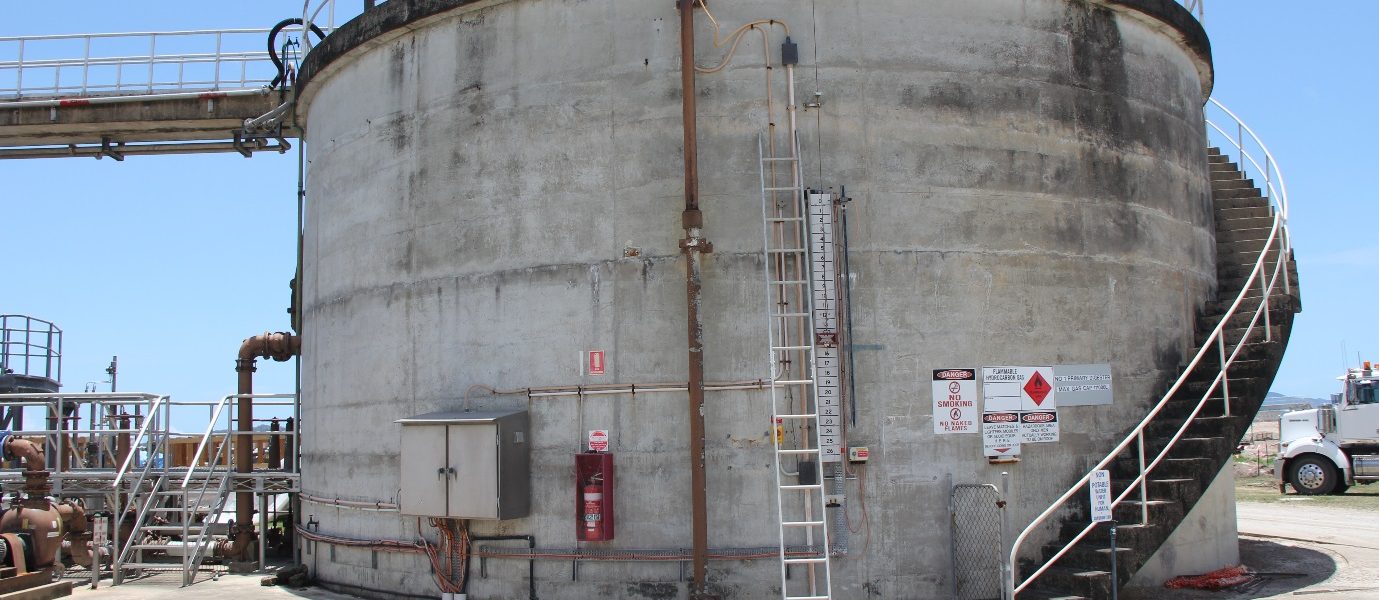Little Known Facts About Roar Solutions.
Little Known Facts About Roar Solutions.
Blog Article
Rumored Buzz on Roar Solutions
Table of ContentsNot known Incorrect Statements About Roar Solutions Some Known Incorrect Statements About Roar Solutions Roar Solutions Fundamentals Explained
In such an environment a fire or surge is feasible when three basic conditions are satisfied. This is frequently referred to as the "unsafe location" or "burning" triangle. In order to secure setups from a potential surge an approach of evaluating and classifying a possibly unsafe location is needed. The purpose of this is to ensure the proper option and installment of devices to eventually avoid an explosion and to guarantee security of life.
(https://pinshape.com/users/7197164-roarsolutions#prints-tab-open)
No tools ought to be set up where the surface area temperature level of the equipment is above the ignition temperature level of the offered threat. Below are some common dust dangerous and their minimal ignition temperature level. Coal Dust 380C 225C Polythene 420C (thaws) Methyl Cellulose 420C 320C Starch 460C 435C Flour 490C 340C Sugar 490C 460C Grain Dust 510C 300C Phenolic Material 530C > 450C Aluminium 590C > 450C PVC 700C > 450C Soot 810C 570C The chance of the danger being existing in a focus high adequate to trigger an ignition will vary from location to area.
Harmful location electrical devices perhaps designed for use in greater ambient temperatures. Field Repair By Authorised Personnel: Complicated testing might not be called for nevertheless certain procedures might need to be followed in order for the devices to keep its third party rating. Each piece of devices with an unsafe ranking must be examined separately.
5 Easy Facts About Roar Solutions Described
The devices register is an extensive data source of devices documents that includes a minimum collection of areas to determine each item's place, technical specifications, Ex category, age, and environmental information. This information is crucial for monitoring and managing the tools effectively within unsafe areas. On the other hand, for regular or RBI tasting examinations, the quality will be a mix of Comprehensive and Close examinations. The ratio of Detailed to Shut evaluations will certainly be figured out by the Tools Danger, which is analyzed based on ignition danger (the probability of a resource of ignition versus the likelihood of a flammable ambience )and the hazardous location category
( Area 0, 1, or 2). This variation will certainly additionally affect the resourcing requirements for work preparation. As soon as Whole lots are defined, you can develop tasting strategies based upon the example dimension of each Lot, which describes the number of arbitrary tools items to be examined. To determine the required sample size, two elements require to be reviewed: the dimension of the Lot and the classification of evaluation, which suggests the level of effort that need to be applied( reduced, typical, or raised )to the assessment of the Lot. By combining the group of assessment with the Lot dimension, you can then establish the proper rejection standards for an example, meaning the allowable variety of faulty items discovered within that sample. For even more information on this process, please refer to look at here now the Energy Institute Guidelines. The IEC 60079 common advises that the optimum period between evaluations must not surpass 3 years. EEHA examinations will certainly likewise be carried out outside of RBI projects as component of scheduled maintenance and equipment overhauls or repair work. These evaluations can be credited toward the RBI example dimensions within the impacted Great deals. EEHA assessments are conducted to recognize mistakes in electrical tools. A weighted racking up system is essential, as a solitary piece of equipment may have numerous faults, each with differing degrees of ignition risk. If the combined rating of both examinations is much less than twice the mistake rating, the Great deal is regarded acceptable. If the Whole lot is still thought about inappropriate, it must undertake a full inspection or validation, which may set off more stringent evaluation procedures. Accepted Lot: The reasons for any faults are identified. If a typical failure setting is found, extra equipment may require inspection and fixing. Faults are classified by extent( Safety and security, Stability, Home cleaning ), ensuring that immediate issues are assessed and addressed immediately to alleviate any type of impact on safety or procedures. The EEHA database must track and record the lifecycle of faults in addition to the corrective actions taken. Applying a durable Risk-Based Evaluation( RBI )method is crucial for ensuring compliance and security in taking care of Electric Tools in Hazardous Areas( EEHA) (Roar Training Solutions). Automated Fault Scoring and Lifecycle Management: Easily manage faults and track their lifecycle to enhance evaluation accuracy. The introduction of this support for risk-based evaluation additionally enhances Inspectivity's setting as a best-in-class option for governing conformity, along with for any asset-centric evaluation use case. If you have an interest in finding out more, we welcome you to ask for a demonstration and uncover how our solution can change your EEHA monitoring procedures.
Roar Solutions - Truths

In regards to explosive threat, a hazardous location is an atmosphere in which an eruptive environment exists (or might be expected to be existing) in quantities that require unique safety measures for the construction, installment and use of equipment. Roar Training Solutions. In this article we check out the challenges encountered in the work environment, the risk control measures, and the needed competencies to function securely
It issues of modern life that we manufacture, store or deal with a variety of gases or liquids that are regarded combustible, and a series of dusts that are regarded combustible. These materials can, in particular conditions, create eruptive atmospheres and these can have major and awful effects. Most of us recognize with the fire triangular get rid of any kind of among the three components and the fire can not occur, however what does this mean in the context of unsafe locations? When damaging this down right into its simplest terms it is basically: a mix of a certain amount of launch or leak of a specific substance or product, blending with ambient oxygen, and the existence of a source of ignition.
In most instances, we can do little regarding the degrees of oxygen airborne, however we can have substantial impact on sources of ignition, for instance electrical devices. Harmful locations are recorded on the unsafe location category drawing and are determined on-site by the triangular "EX LOVER" indication. Below, amongst other essential info, areas are divided into 3 kinds depending on the hazard, the possibility and period that an explosive ambience will exist; Zone 0 or 20 is considered the most dangerous and Zone 2 or 22 is considered the least.
Report this page